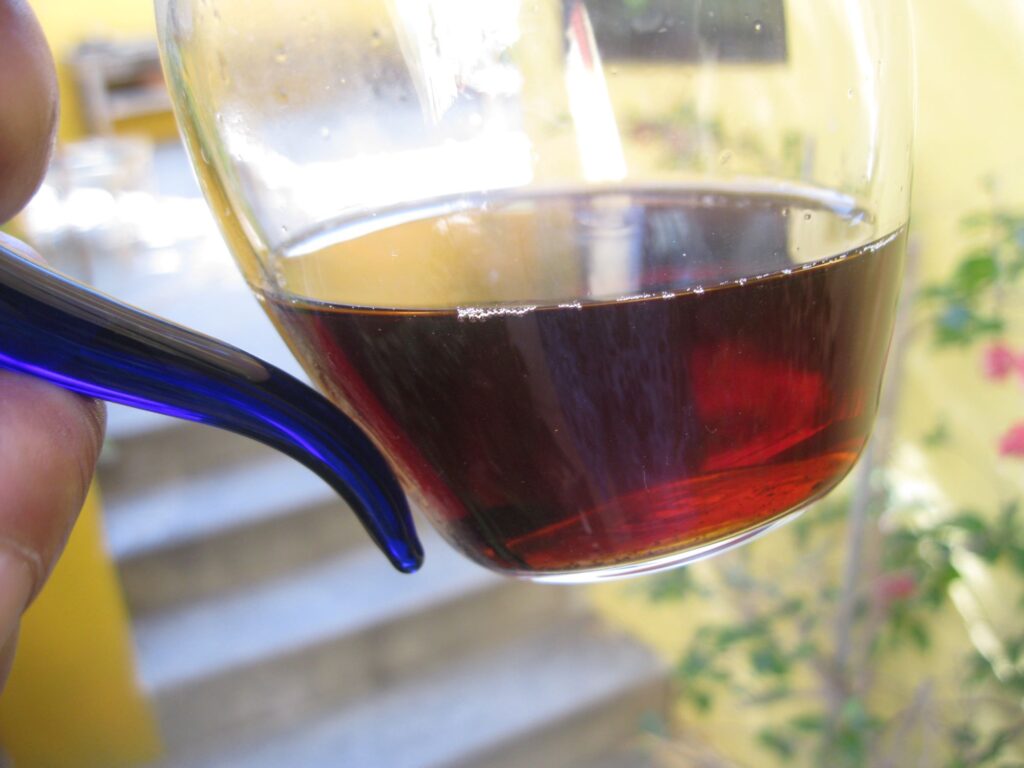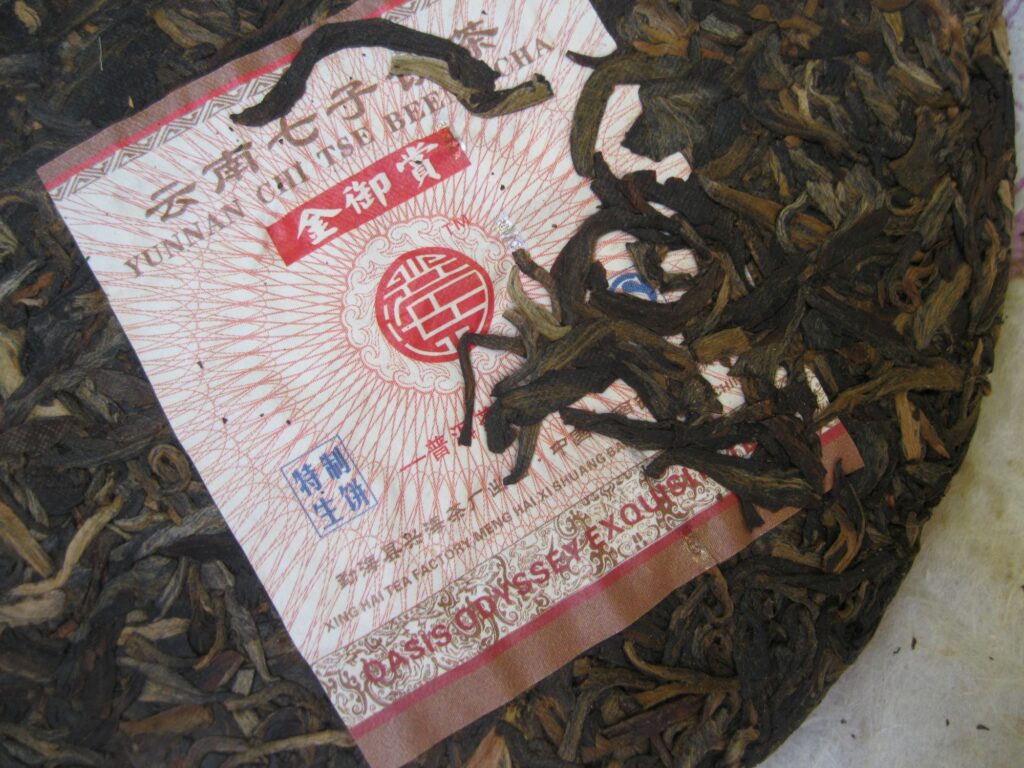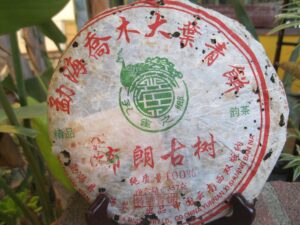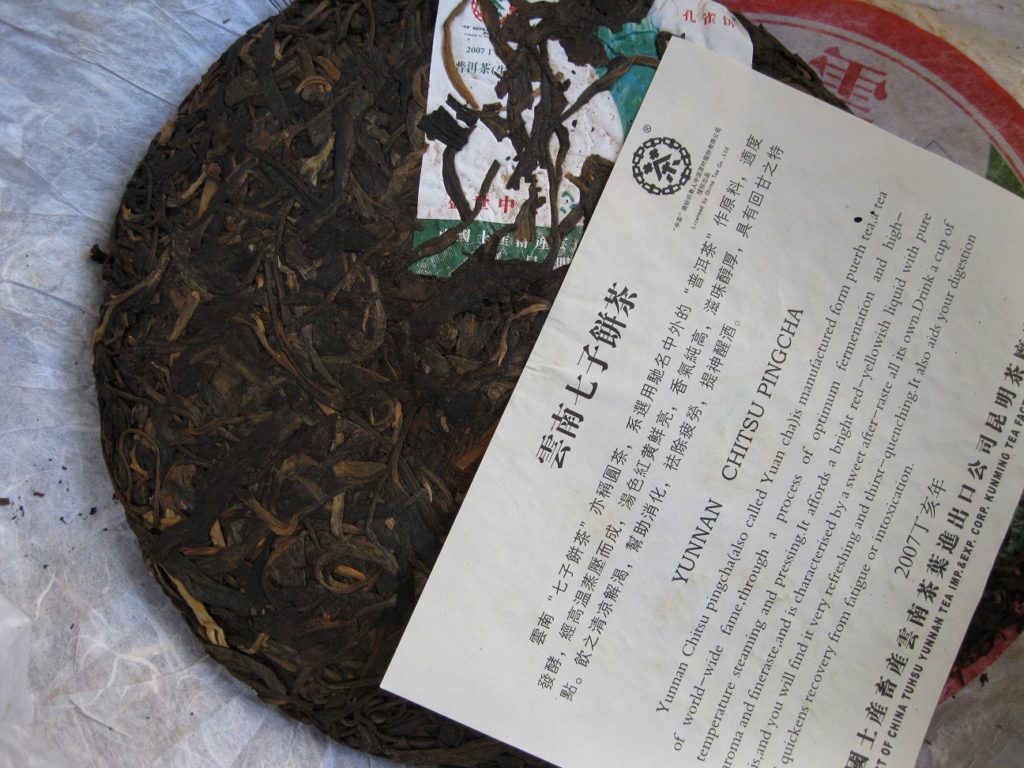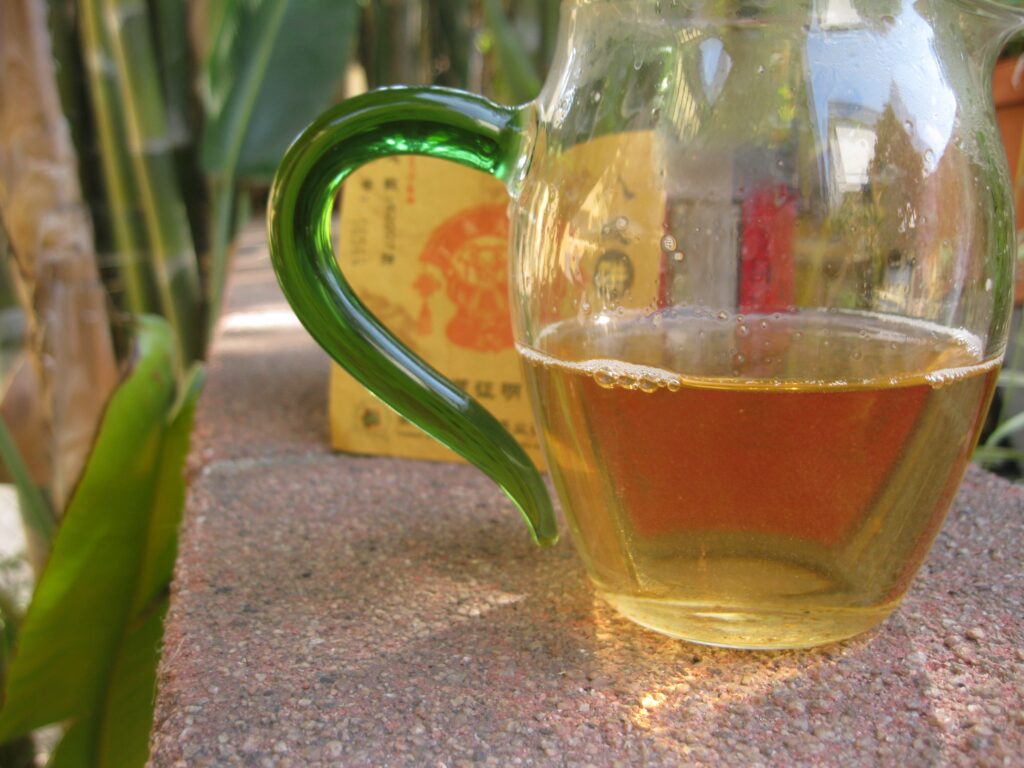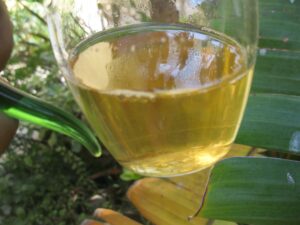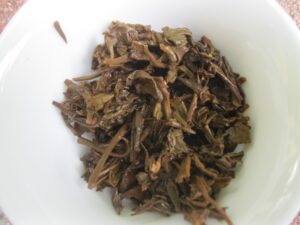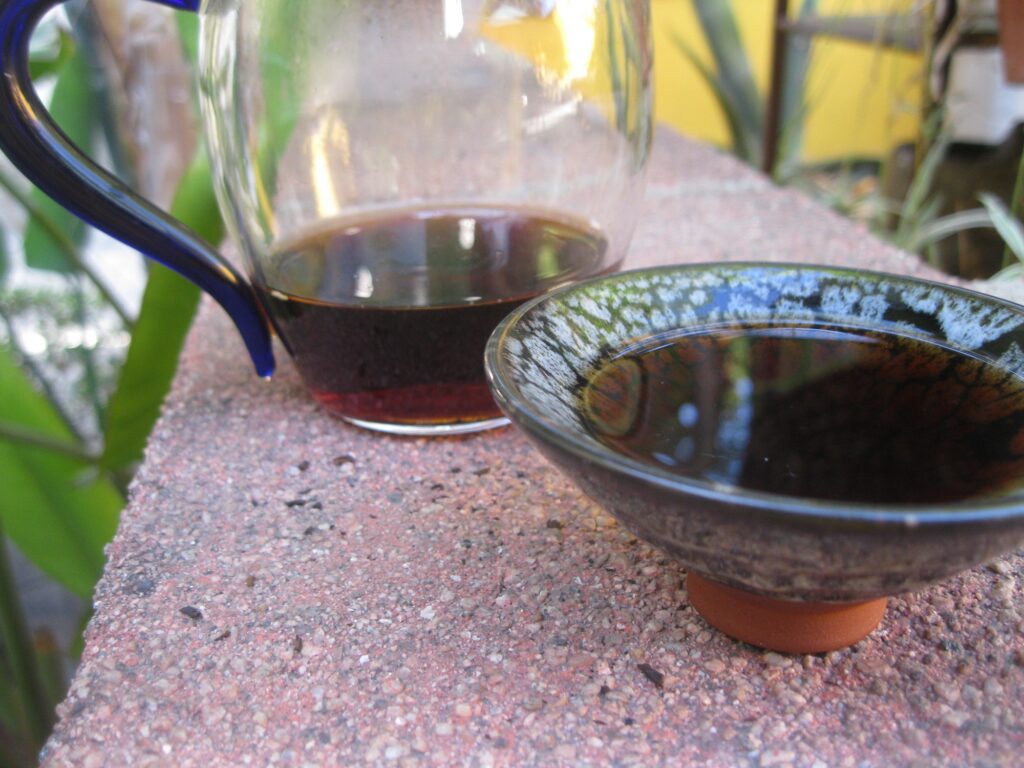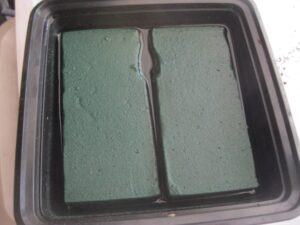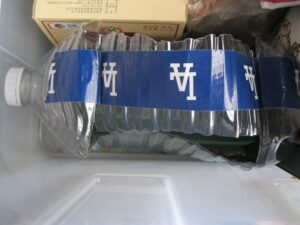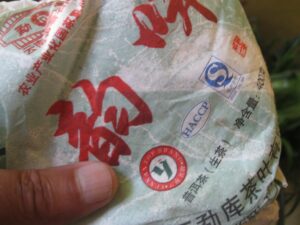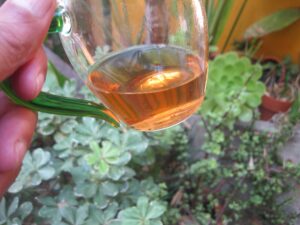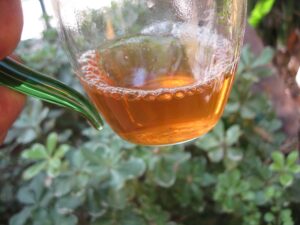Spring Ripe Puerh Taste Off
In a fictitious land far away, Spring Ripe Taste Off takes place yearly at the time of the May sumo tournament. This year the taste-off has been configured such that for four consecutive days four different ripe puerhs will be sampled side-by-side. The winners from each of the four days will advance to the championship round.
Ripe Taste-Off Day 1
- ’11 Peacock Gold, Fuhai
Roasty. Lustrous. Minerally. Cacao. Solid intro to ripe puerh: not funky, not fruity, not requiring thought or effort. Medium density. - ’06 “55,” Zhongcha
Camphor ( aka “minty”), petrichor, red-hots, incense, strong qi. Sweet. Complex. - ’05 Haiwan Wild Mt, Haiwan
Strawberries-n-cream, light body, moderate sweetness, no bitter, splendid clarity. Nice qi. Neifei coolness. - ’14 Puerh Espresso
Rich, chocolately, dense, heady.
Each pot contained 10.5g tea, but brew times were as seen fit. No point system or anything, just drinking experience. The 55 come out on top with two drinkers agreeing that it was best. We were divided on all the rest. The density of the Puer Espresso unquestionably was strongest and its qi frankly too extreme. Haiwan was softest and of lightest body, while the Peacock Gold being most middle of the road.
It worth noting that 55 is a light-ferment production, most evidenced by its slow transformation, lack of sweetness, and wicked astringency, making it more like a black tea. In many regards, it could be evaluated by the same standards of a raw puerh. However, after turning 15 it started to show its promise. The second buying of this production came from a Henan seller who had it stored under rather desiccated conditions. After some LA lovin’ imparting petrichor depth, this dry layer has transformed to incense, also no doubt aided by the wealth of gold buds.

